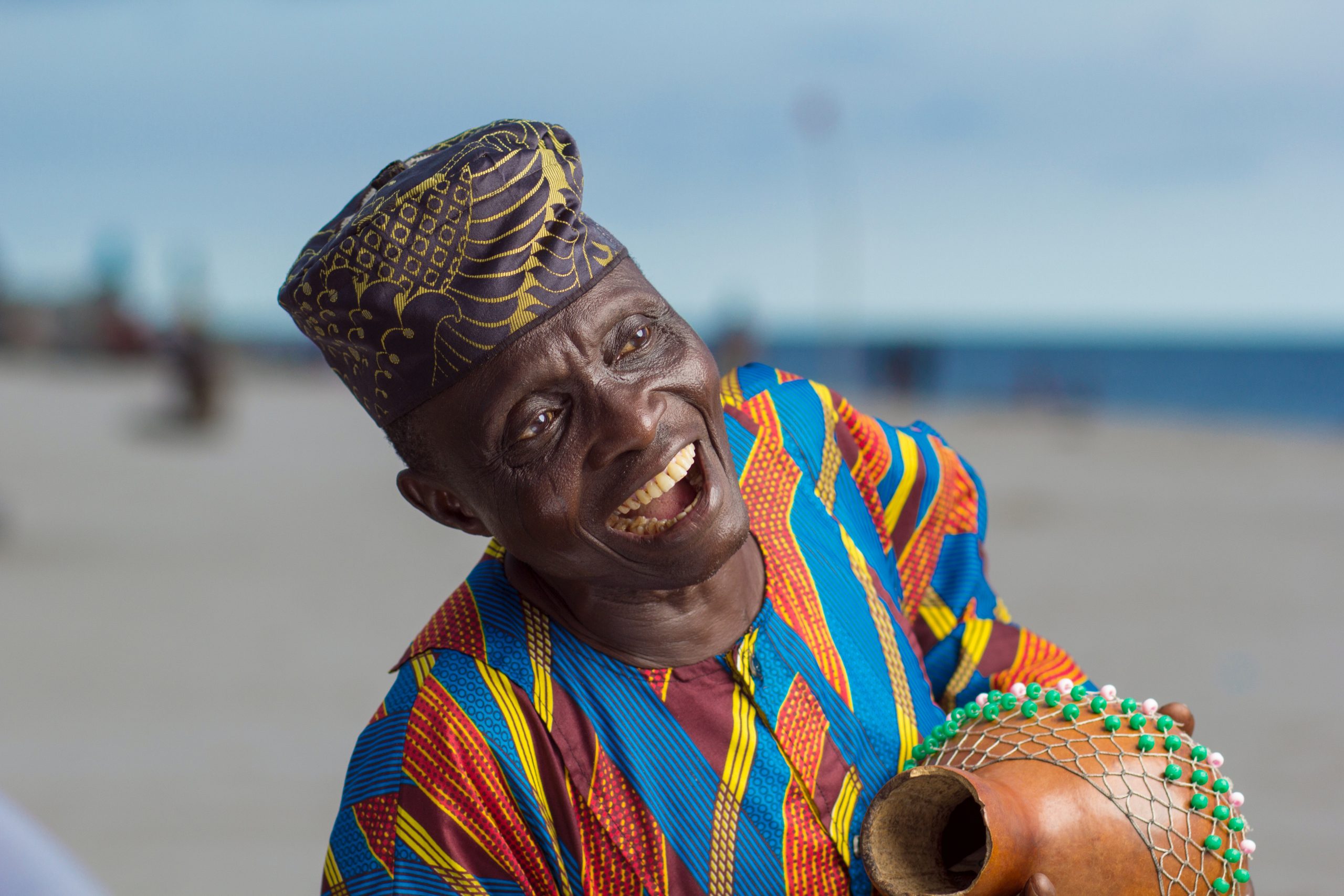Exploring the Rich Cultural Heritage of the Yoruba people.

- Introduction
- A Glimpse of the Past in Yoruba Culture and Tradition
- Origins of the Yoruba Culture
- Spiritual Beliefs and Practices
- Traditional Holidays and Festivities
- A Tapestry of Creativity and Expression in Yoruba Art
- Sculpture and Carvings
- The Art of Indigo-Dyed Textiles, or Adire
- Music and Movement
- Today’s Yoruba Culture and Tradition
- Values of Family and Community
- Conventional Wedding Rituals
- Cuisine and Delectable Dishes
- Frequently Asked Questions (FAQs)
Introduction
Yoruba Culture and Tradition: Welcome to the alluring realm of Yoruba culture and customs! This article will transport you on a journey through the vibrant customs, rituals, art, and history of Nigeria’s Yoruba people, who are renowned for their rich heritage. Explore the significance, symbolism, and enduring influence of the Yoruba culture and tradition as we delve into its intriguing aspects.
A Glimpse of the Past in Yoruba Culture and Tradition
Originating in the southwestern region of Nigeria, the Yoruba have developed a rich cultural tapestry over centuries. Yoruba culture and tradition are rooted in ancient African customs and convey a profound sense of community, spirituality, and artistic expression.
Origins of the Yoruba Culture
As far back as 8000 BCE, Yoruba culture can be traced to its beginnings. Archaeological evidence indicates that the Yoruba have inhabited the region for millennia, nurturing a distinctive way of life that is intimately interconnected with nature and spirituality.
Spiritual Beliefs and Practices
A system of spiritual beliefs and practices is intricately interwoven with Yoruba culture. The Yoruba have a pantheon of deities known as Orishas (Read more about the orisha’s here), which are revered as mediators between humans and Olodumare, the supreme divinity. These gods represent diverse aspects of nature, human essence, and social phenomena.
Traditional Holidays and Festivities

Yoruba culture is brought to life by its lively festivals and celebrations. These events offer a venue for the community to come together, commemorate their ancestors, and display their rich artistic heritage. This includes the recently celebrated Ojude Oba in Ijebu ode and the colorful “Eyo Festival,” which commemorates the transition of an elder or high-ranking chief to the afterlife.
A Tapestry of Creativity and Expression in Yoruba Art

The culture of the Yoruba has produced a magnificent artistic legacy that includes sculpture, textiles, music, and performance. Not only do the artistic endeavours of the Yoruba reflect their cultural values, but they also serve as a means of communication and narrative.
Sculpture and Carvings
Yoruba sculptures are renowned for their intricate craftsmanship and symbolic imagery. From wooden sculptures known as “ere ibeji” that honour deceased twins to brass and bronze sculptures depicting monarchs and deities, the spiritual significance of Yoruba artwork captivates.
The Art of Indigo-Dyed Textiles, or Adire
Adire is a traditional Yoruba textile art that exemplifies the mastery of indigo dyeing techniques. Using resist-dyeing techniques, skilled artisans create dazzling patterns on fabric, resulting in unique and vibrant designs. Yoruba society places cultural and historical significance on Adire textiles, which are also visually alluring.
Music and Movement
Yoruba music and dance are integral components of cultural rituals and festivities. The intricate rhythms of traditional Yoruba drumming reverberate through the air, enticing individuals to move in sync with the cadence. Yoruba people’s traditional dances, such as “Bata” and “Sakara,” exhibit their grace, agility, and storytelling prowess.
Today’s Yoruba Culture and Tradition
Yoruba culture and tradition have profound historical roots but continue to thrive and develop in contemporary Nigeria. The Yoruba people proudly preserve their cultural heritage, passing it down through generations and adapting it to contemporary contexts despite the effects of globalization.
Values of Family and Community
The Yoruba culture places a premium on familial and communal bonds. The extended family unit, also known as the “ile,” serves as the basis for social structure and support. Respect for elders, communal duty, and the transmission of traditions are cherished principles that define Yoruba culture.
Conventional Wedding Rituals
Weddings in the Yoruba culture are grand affairs replete with joy, symbolism, and intricate rituals. The ceremonies frequently span several days and include the exchange of gifts, the honors of both families, and the celebration of love and unity. Honouring their cultural roots, the couple embarks on a voyage dressed in vibrant traditional garb. Learn more about how the Yoruba marriage is done here

Cuisine and Delectable Dishes
Yoruba cuisine tantalizes the palate with its diverse flavors and ingredients. Traditional Yoruba meals are composed primarily of staples such as mashed yam, amala, and egusi broth. These delectable dishes reflect the region’s agricultural bounty and the ingenuity of Yoruba chefs in preparing delectable meals. If you would like to view such dishes, check this previous post here
Frequently Asked Questions (FAQs)
- What are the most important Yoruba festivals? The principal Yoruba celebrations include Osun-Osog, Olojo, Egungun, and Sango. These festivities highlight the spiritual significance and cultural vitality of Yoruba traditions.
- Is the Yoruba culture exclusive to Nigeria? Yoruba culture extends beyond the borders of Nigeria. Due to the transatlantic slave trade, it has influenced numerous Afro-Caribbean cultures, particularly in countries such as Cuba, Brazil, Trinidad and Tobago, and Haiti.
- What are the traditional greetings in Yoruba?
Traditional Yoruba greetings frequently involve prostration or kneeling to demonstrate respect. ” káàb” (pronounced “eh-kaa-boh”), which means “welcome” or “hello” in English, is the most common greeting. - Are there any celebrated Yoruba musicians? Yes, a number of renowned Yoruba musicians have attained international renown. Artists such as Fela Kuti, King Sunny Ade, and Asa have captivated audiences all over the world with their unique blend of Yoruba musical traditions and modern approaches. Asake, Burna boy, Tems, Adekunle Gold, Simiso, and many others have recently contributed to the cultural beauty by singing Yoruba melodies.
- What is the significance of gele in Yoruba culture?
Gele is a headdress worn by Yoruba women on special occasions and during celebrations. Different knotting designs represent a variety of connotations, including elegance, cultural pride, and social status. - What influence does Yoruba culture have on fashion and design?
Fashion designers are inspired by Yoruba culture to incorporate traditional motifs, patterns, and fabrics into their designs. Yoruba art’s bold and vibrant aesthetics are frequently reflected in contemporary fashion, contributing to the worldwide prevalence of Yoruba-inspired designs. Conclusion
Yoruba culture and tradition are evidence of the people’s rich heritage and enduring character. The Yoruba community exemplifies the beauty and strength of cultural diversity and tradition, from their ancient origins to their vibrant artistic expressions. As we celebrate the richness of Yoruba culture, let us take to heart the lessons it teaches us about unity, creativity, and the profound ties that unite us all.
============================================




